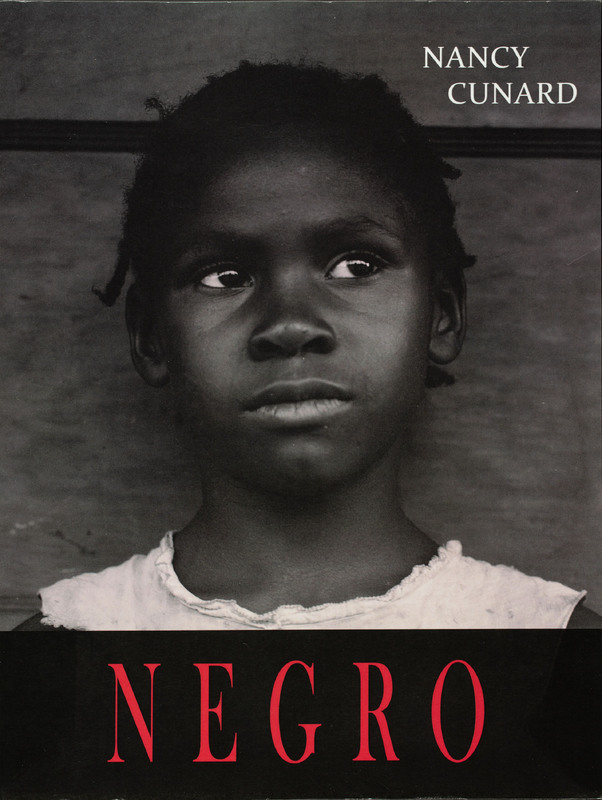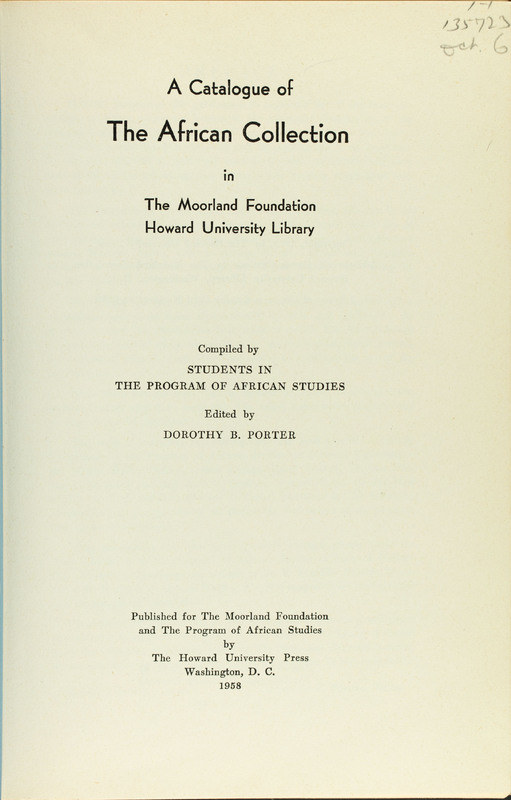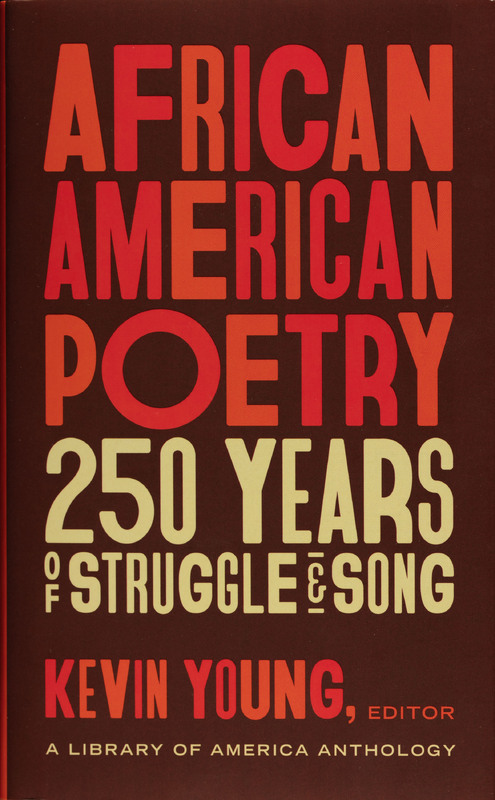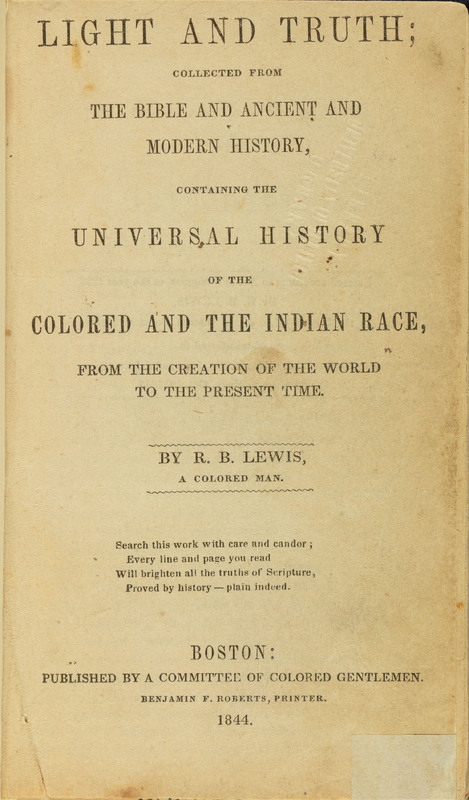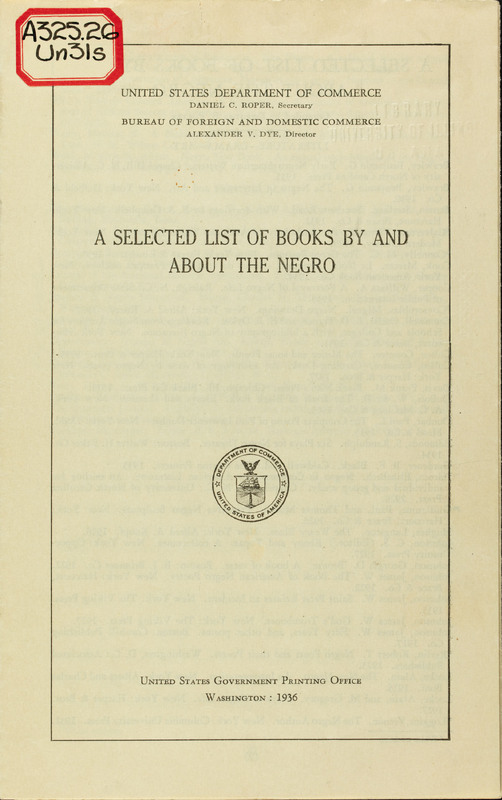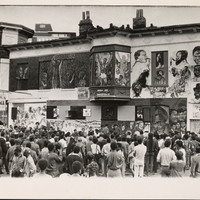Black Bibliography
Reclamation and revision are the essential tenets of Black bibliography today, and why the creation of canon is so important: it allows for a different history to be told, one with very different heroes. Gwendolyn Brooks was instrumental in this cultural change through the impact of her work and her widespread popularity. Within the complex history of Black bibliography and libraries can be seen the push, simply, to do better.
Librarian Dorothy B. Porter (1893 –1967) was foundational in revising American cataloging practices to identify and expand access to works by Black and African writers. A Selected List of Books by and about the Negro (1936) was disseminated as a tool for developing library collections throughout the country. An updated version published in 1970 would grow to over three hundred pages, demonstrating a lifetime’s work in advocating for textual documentation and identification. In 1958 she published A Catalogue of the African Collection in the Moorland Foundation, Howard University Library. Compiled by Students in the Program of African Studies, a reference tool created for use by other libraries to assist researchers in locating works at her institution.
21st- century efforts in particular have focused not just on archives and information organization as social justice work but on the championship and revitalization of Black letters. A modern reprint of Cunard’s Negro Anthology provides an abridged version of material that is otherwise scarce and difficult to obtain. In contrast, Kevin Young (1970–), one of America’s foremost poets and the Director of the Smithsonian’s National Museum of African American History and Culture, edited African American Poetry: 250 Years of Struggle & Song for the Library of America. Dividing the history of Black American poetry into eight distinct periods, he places Brooks as an intellectual fulcrum, pivoting from the Black literary renaissances directly to the Black Arts Movement.
